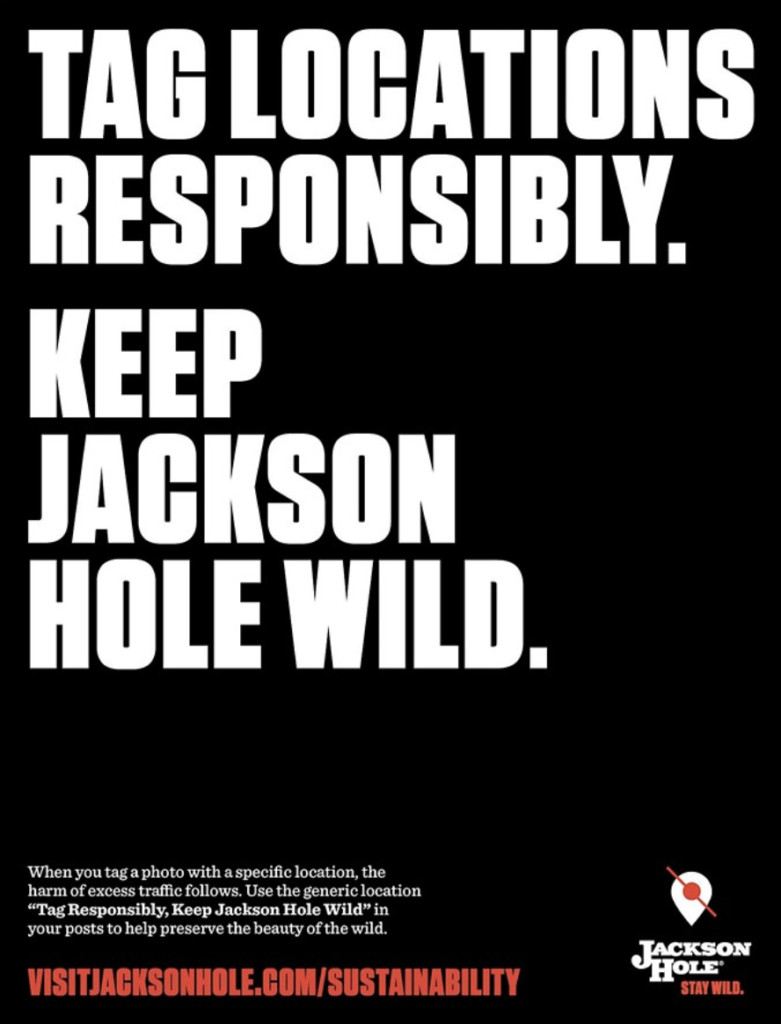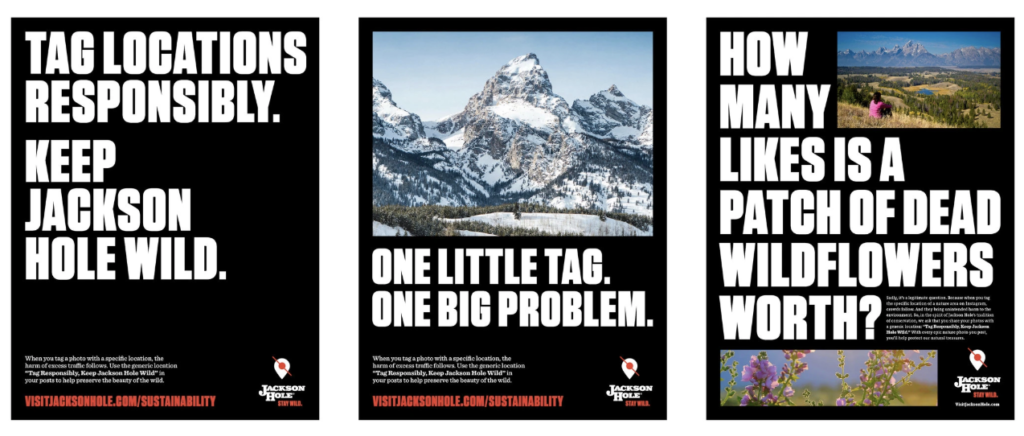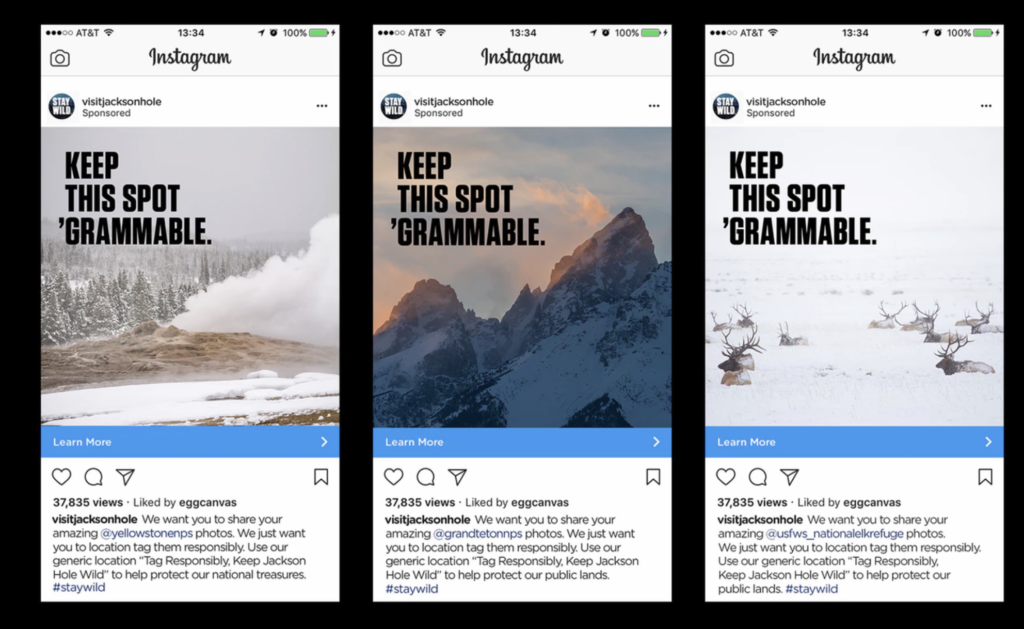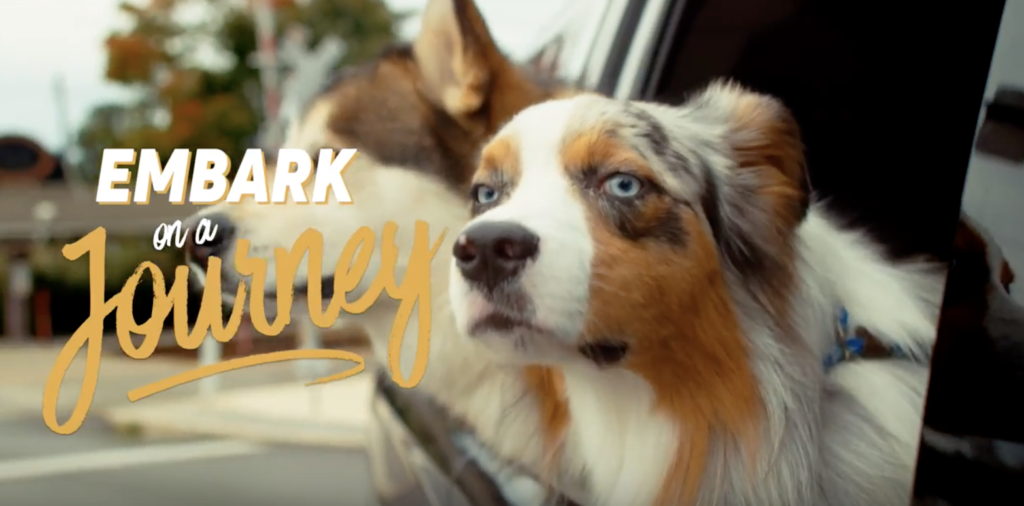
We wanted to know from members of the eTourism Summit Advisory Board, what keeps you up at night? That…plus a few other things about what may be in store for DMOs into 2019 and beyond.
Thought Leaders See Tomorrow

Q: Digitally-speaking, what keeps you up at night?
Because consumers are becoming more and more savvy on how the digital media landscape
Q: What will the successful DMO model look like in five years? What are its main differences to the current model?
The success of a DMO five years from now will be judged more on economic impact and economic development they help spur within the city. Currently, most DMOs are judged on hotel occupancy, which is fair because that is the primary source of funding for most DMOs. But just as marketing, sales and services positions within DMOs are becoming blurred, so is the role of the overall DMO as a city organization. Successful DMOs in the future will be the ones who are working together with other community organizations to improve the overall appeal and development of the destination, versus just focusing on heads in beds.

Q: Where will DMOs be able to add value? And especially, how can we create trust and deliver on it?
When describing to people outside of our industry what I do, and what a DMO is, I normally tell them that each city usually has three main entities: Mayor’s Office, Chamber of Commerce and a tourism office. Of the three entities, the tourism office is normally the one not funded by local tax dollars, thus they have more leniency when it comes to marketing the destination. DMOs will be able to add value in terms of destination perception and research studies, creative assets like b-roll and photography that can be used by all community groups, and a mission of reaching people that the other two entities will never go after. The trust and deliverables of that come through maintaining strong relationships with those two entities as well as other community organizations and being transparent in strategies and tactics that are designed to share the destination story in order to bring in visitors that in turn results in a better quality of life for residents.

Q: Outside of travel, which marketing work impresses you and are there lessons that can be applied to tourism marketing?
The marketing work that impresses me comes from QSR restaurants like Arby’s, Burger King and Wendy’s. Each one of these brands has been able to infuse themselves, including their product offerings, into regular conversations amongst consumers. They each have created a strong brand presence across multiple marketing platforms while maintaining this very personable quality that makes you feel like you know them. The Arby’s “we have the meats” is one of my favorite taglines and voiceovers, and their new spots with “Head of Sandwiches” are really personable and funny. They each have also been able to capitalize on current affairs and tie those into marketing campaigns creating large amounts of buzz, like Burger King’s experiment with net neutrality – which is one of my all-time favorites. And nobody can hold a candle to Wendy’s social media team!

Q: Crystal ball: What will the digital travel marketing landscape look like five years from now?
Five years from now, the digital marketing landscape for travel will be more saturated, and I think that travel brands will need to be in a position where they have more ownership of their content, platforms, and audiences. With issues like data breaches becoming more common, more and more consumers are becoming less trustworthy of digital applications. I also believe that consumers will be paying more attention to niche platforms that speak directly to them and have one specific feature versus the mass platforms of Facebook and Twitter.
Q: How can data drive better creative?
One of my mantras is, “allow the data to make your decisions transparent.” Which means, as marketers, we have to be part-scientist and part-creative. You should not be creating anything, whether that is content for your blog, creative for print ads or even collateral for visitors without having data to back up your decisions. Understanding the customer and their path to purchase or their path to experience is critical to be a successful marketer.




 Disaster preparedness and recovery is an extremely important topic, as we’re continually reminded these days. Basic steps can be taken by DMOs, with guidance from those who have unfortunately learned through experience.
Disaster preparedness and recovery is an extremely important topic, as we’re continually reminded these days. Basic steps can be taken by DMOs, with guidance from those who have unfortunately learned through experience.


